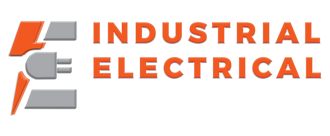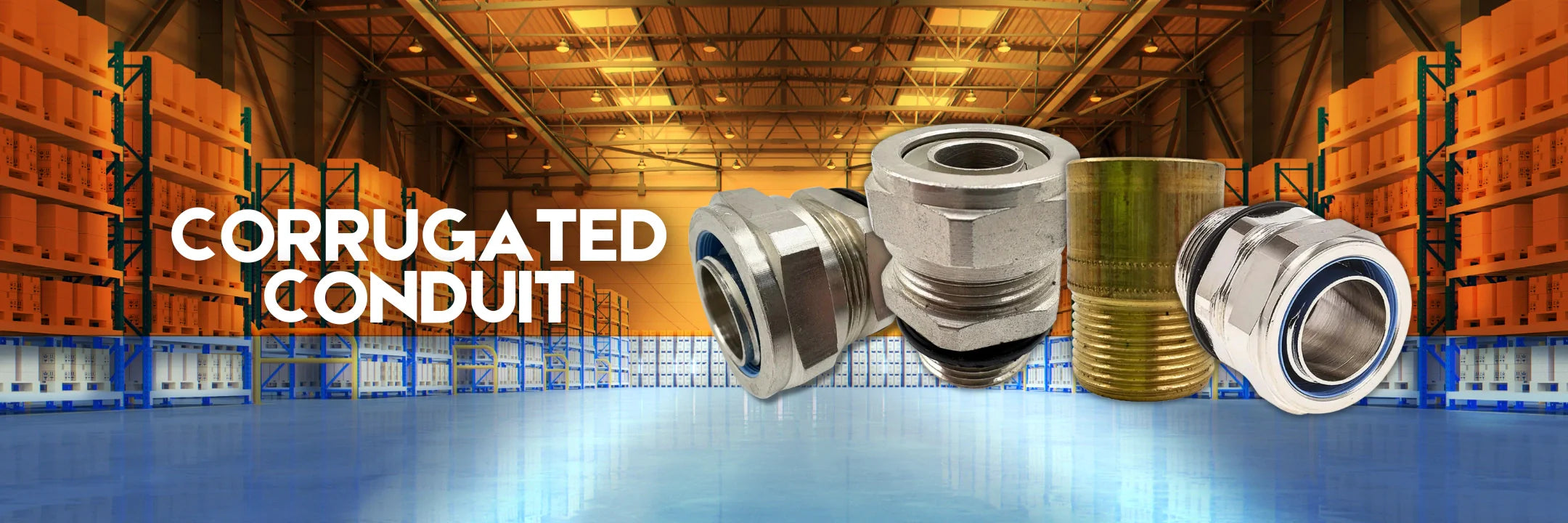
Conducto Corrugado
9 productos
Mostrando 1 - 9 de 9 productos
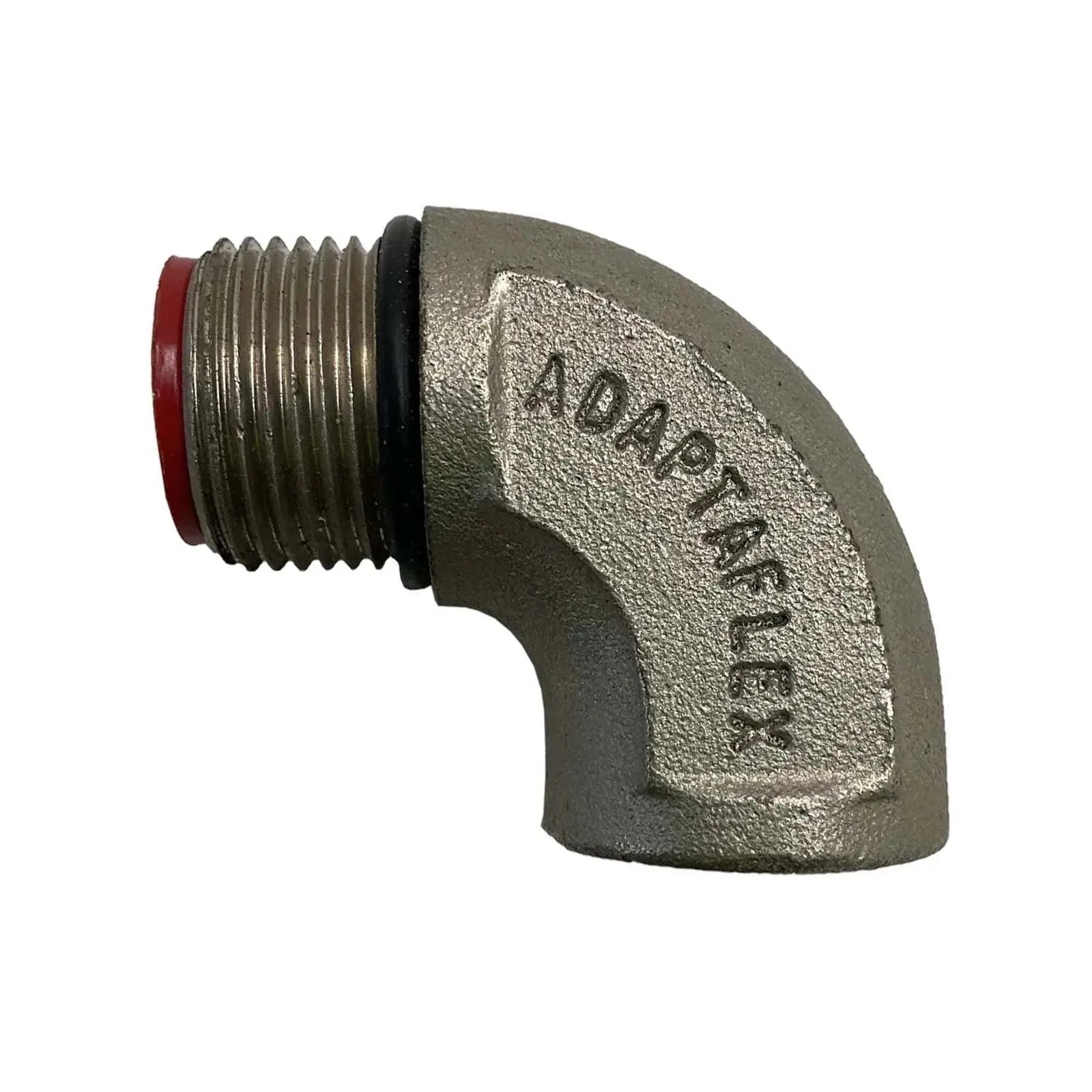
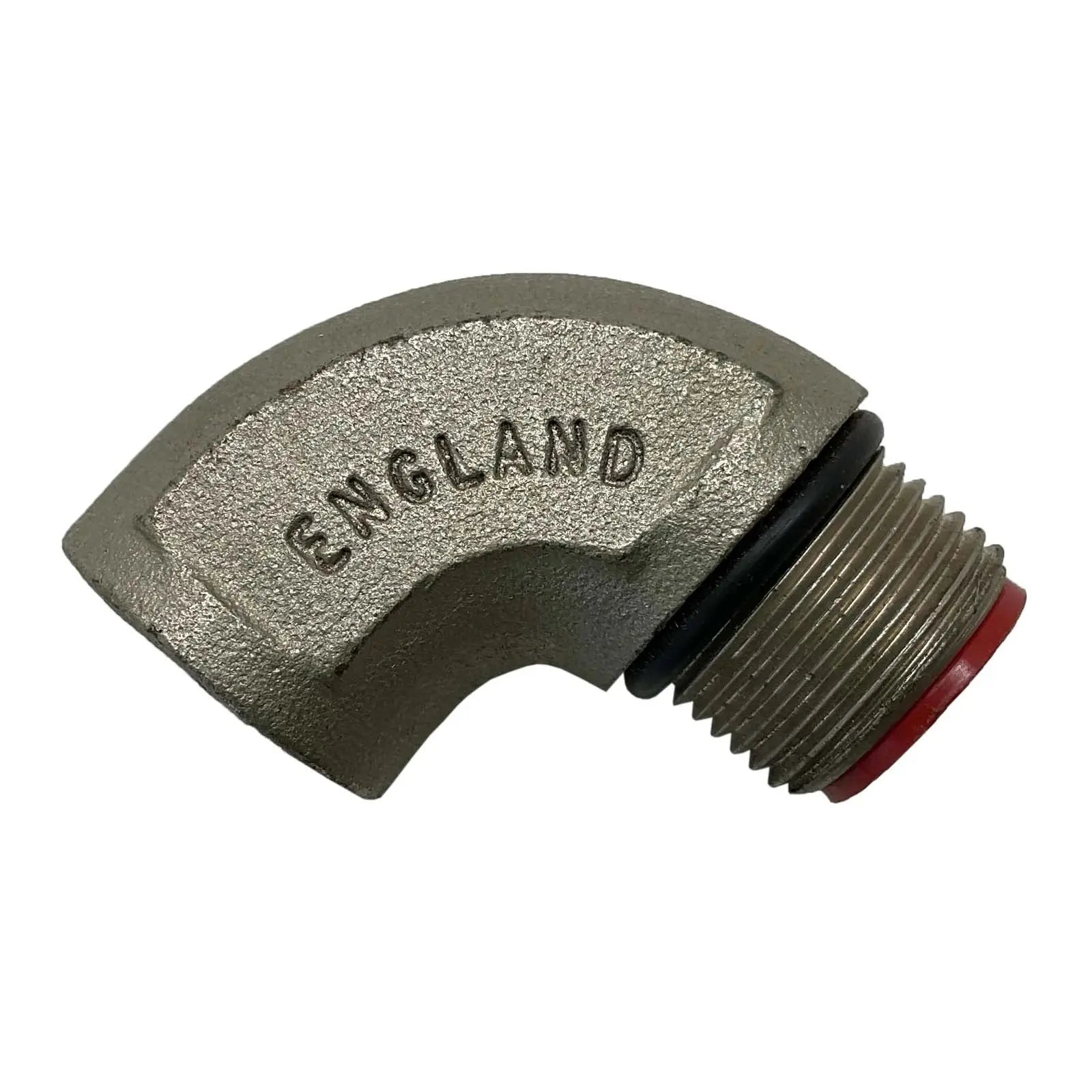
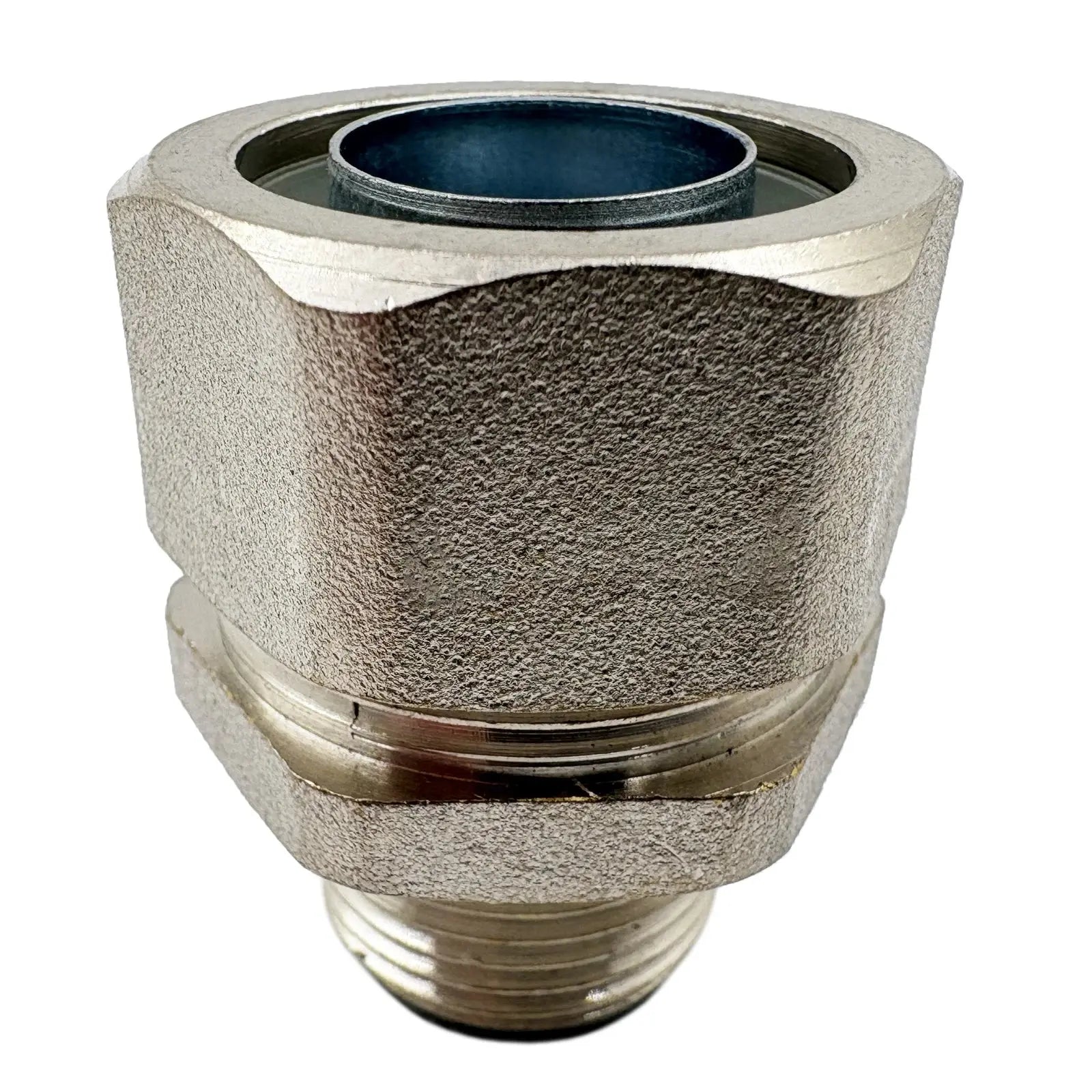
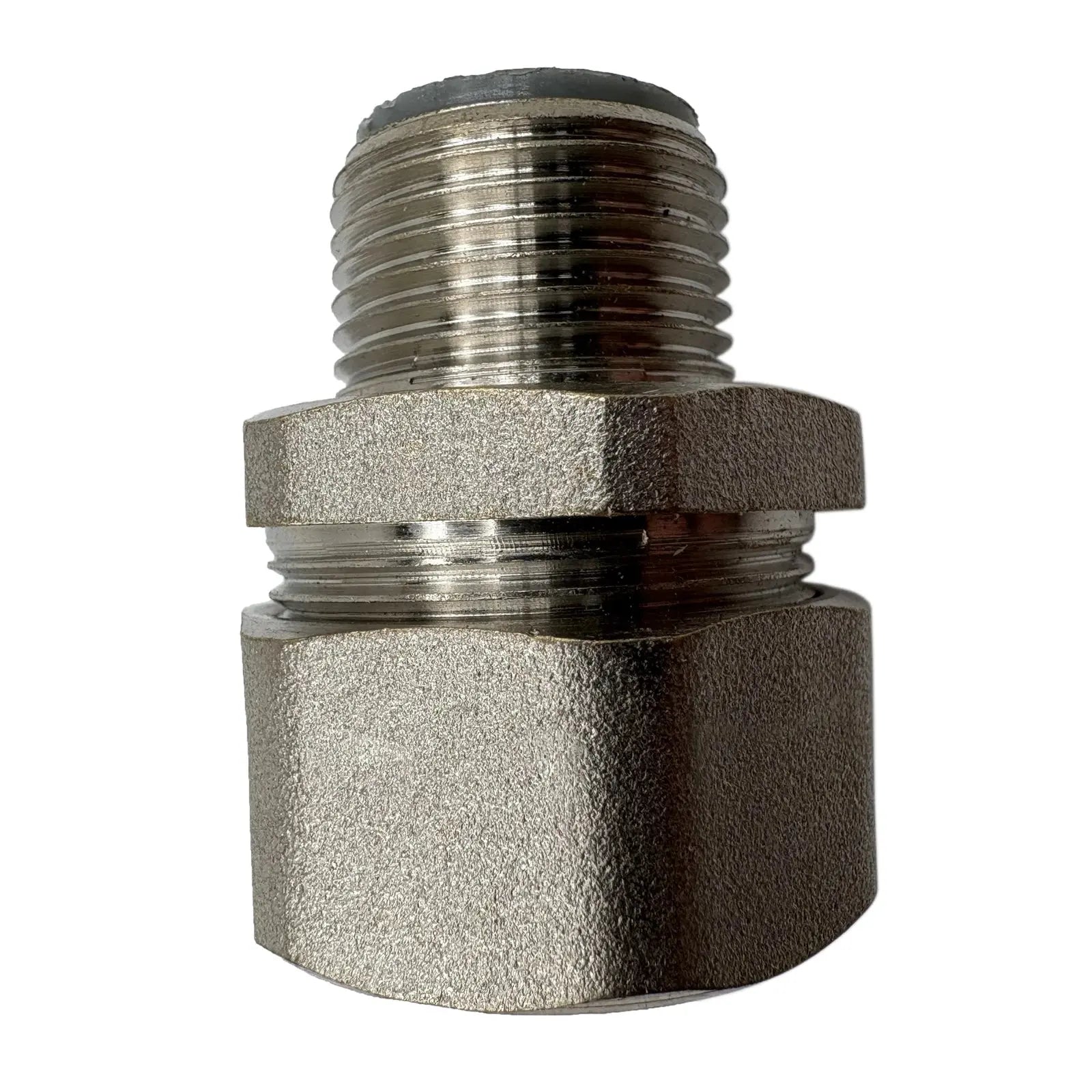
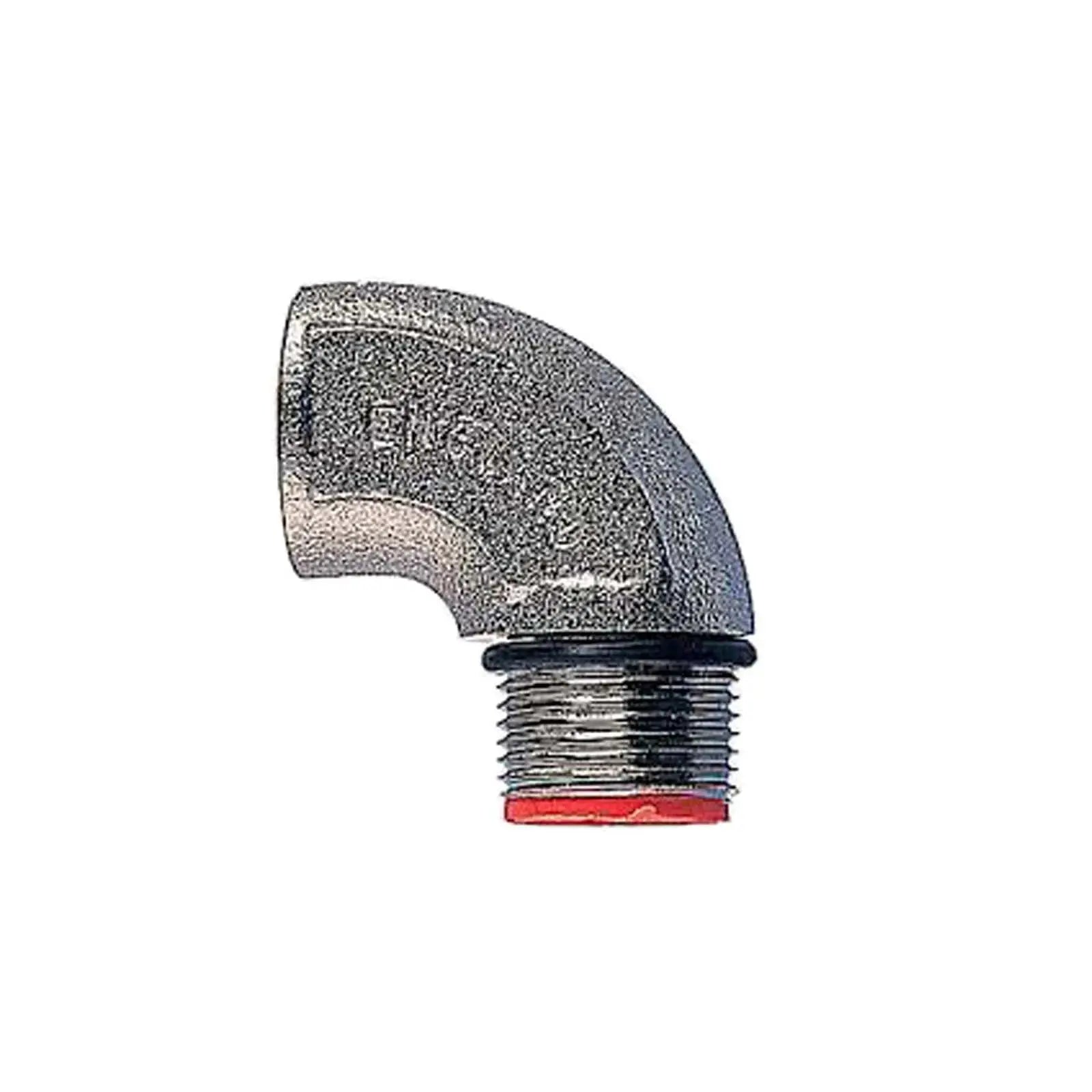
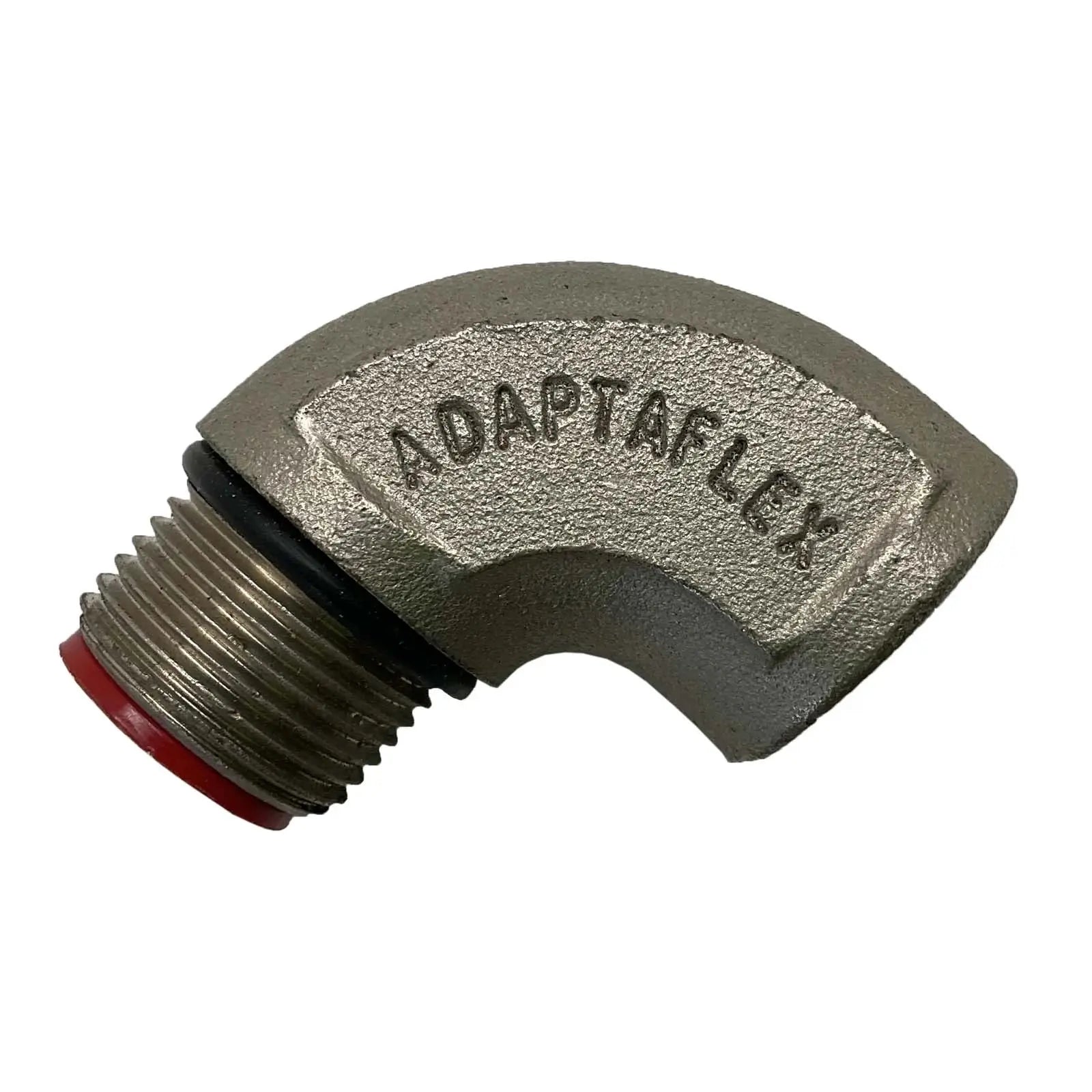
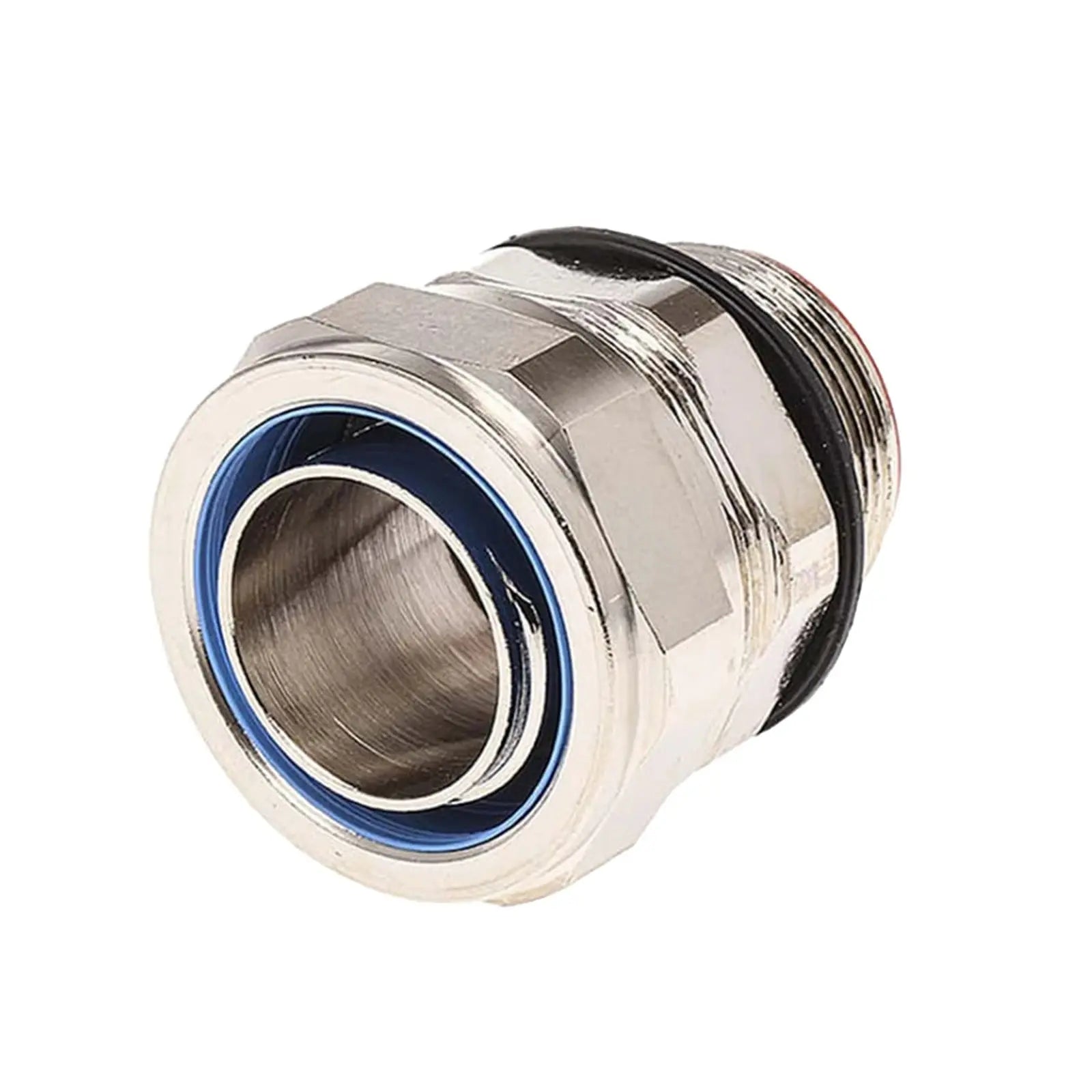
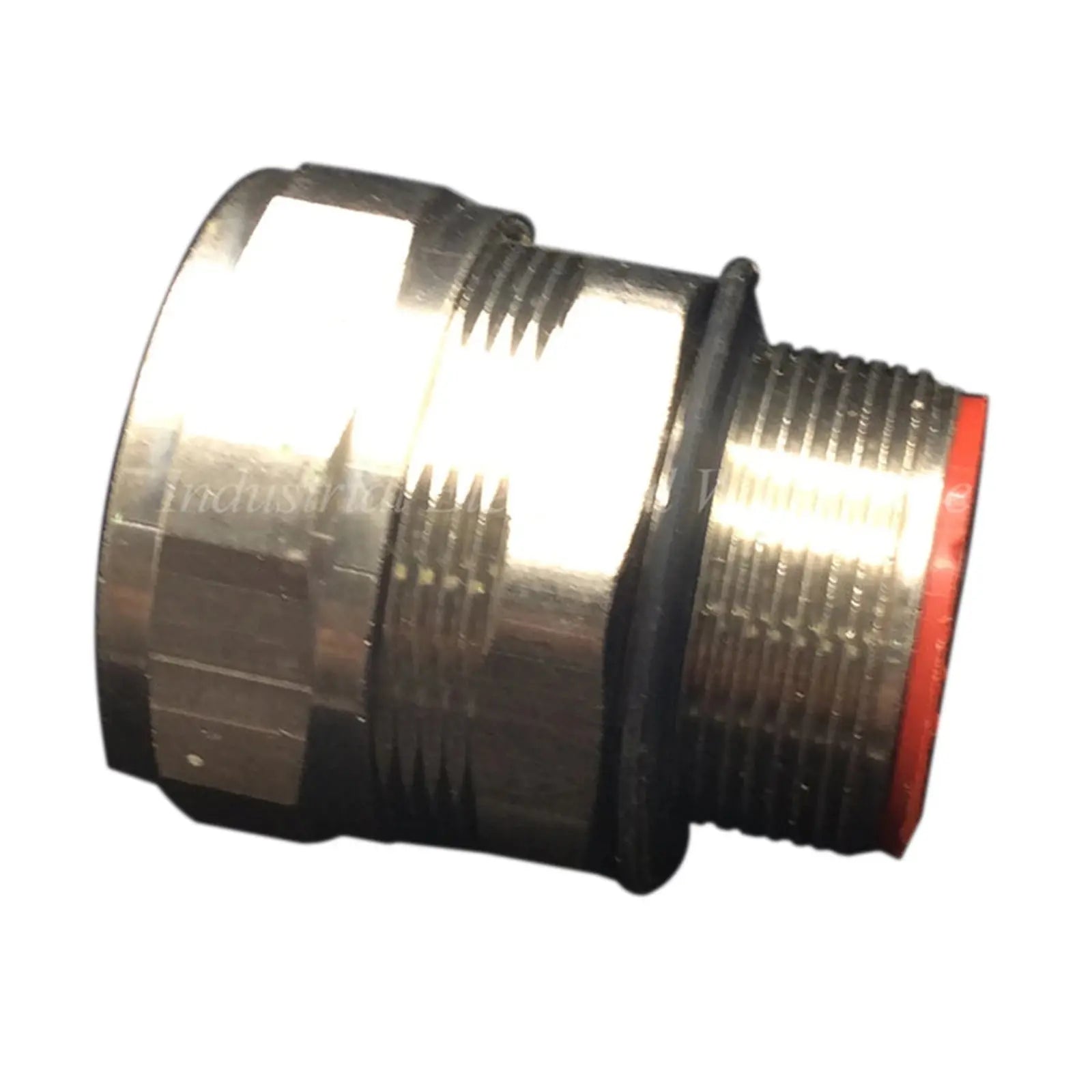
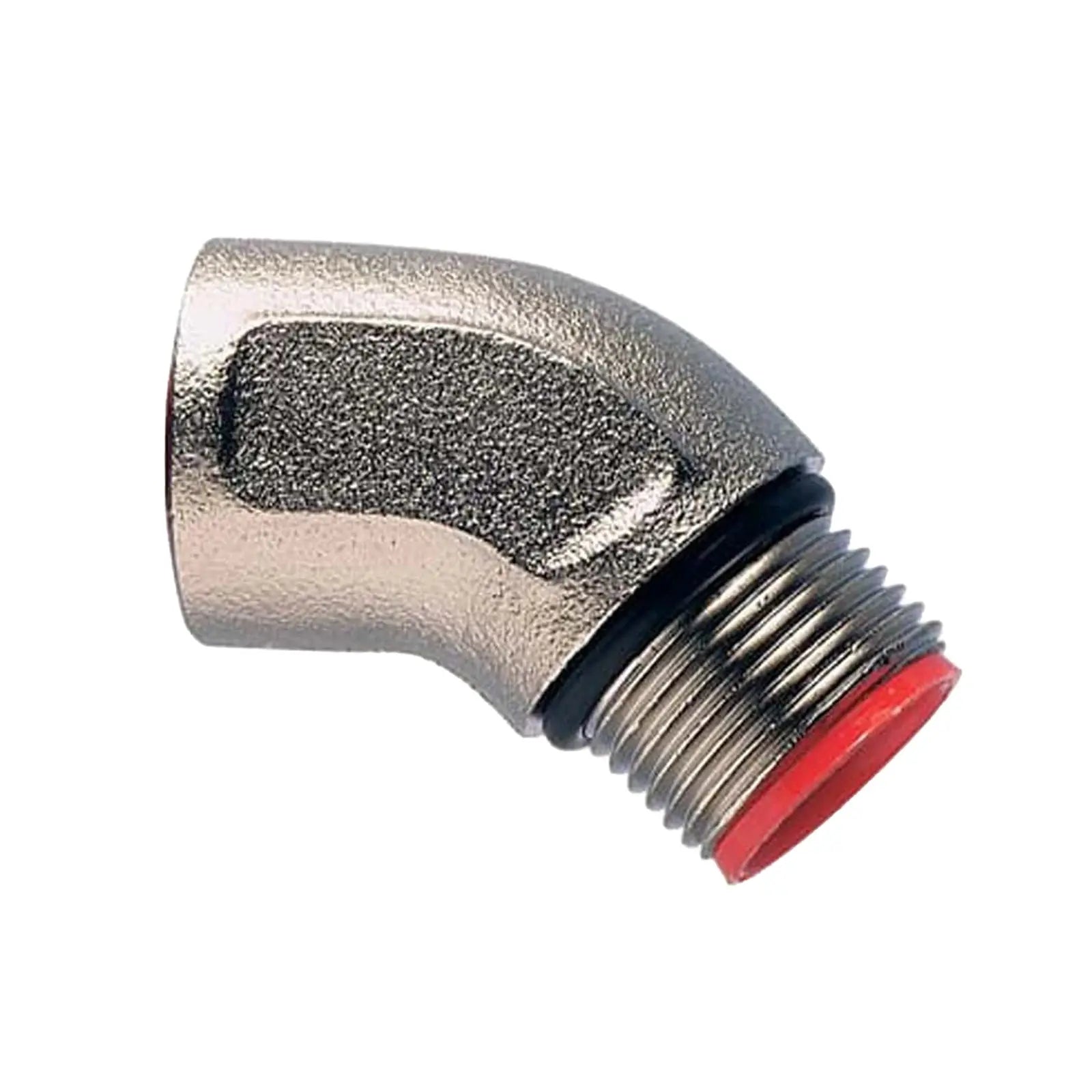
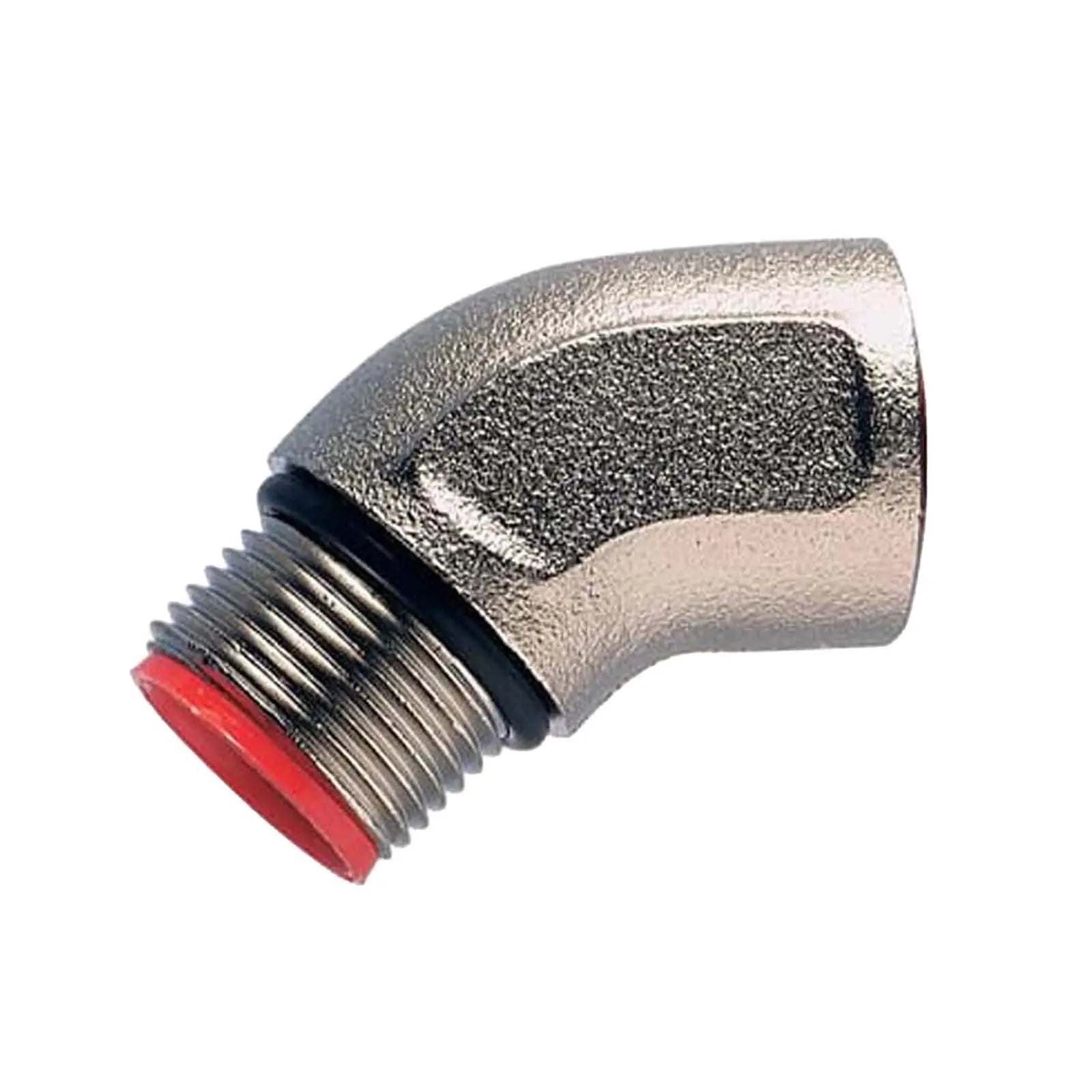
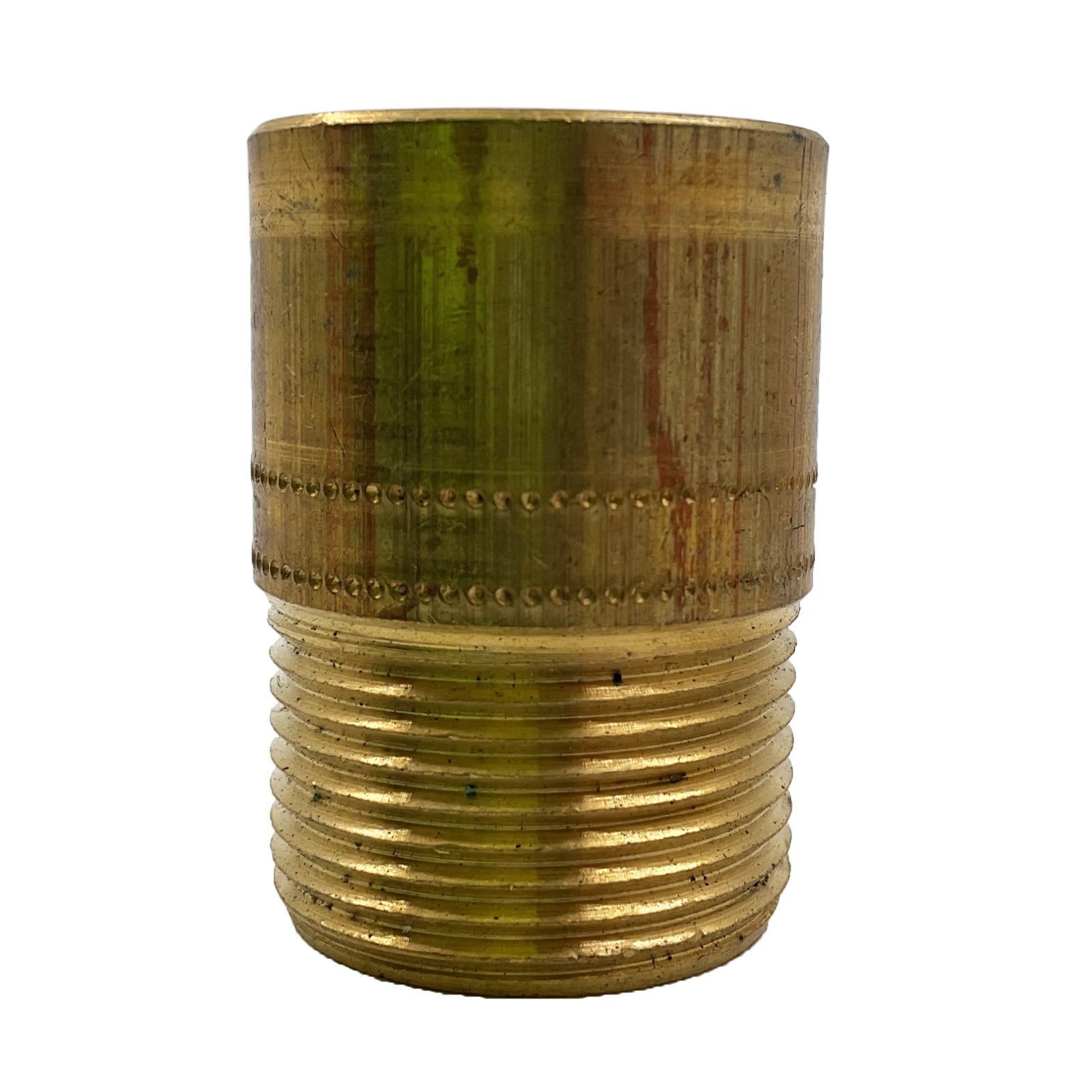
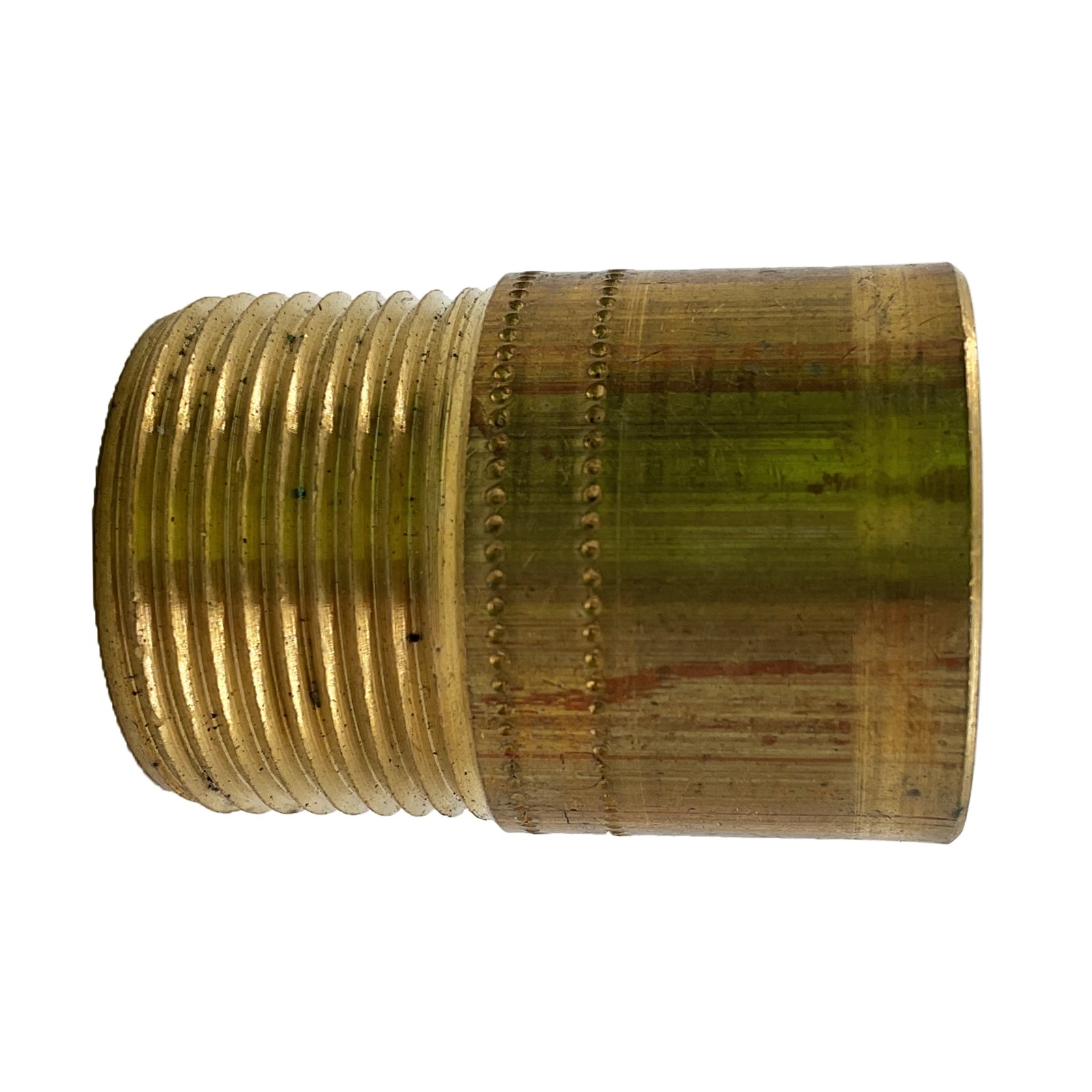
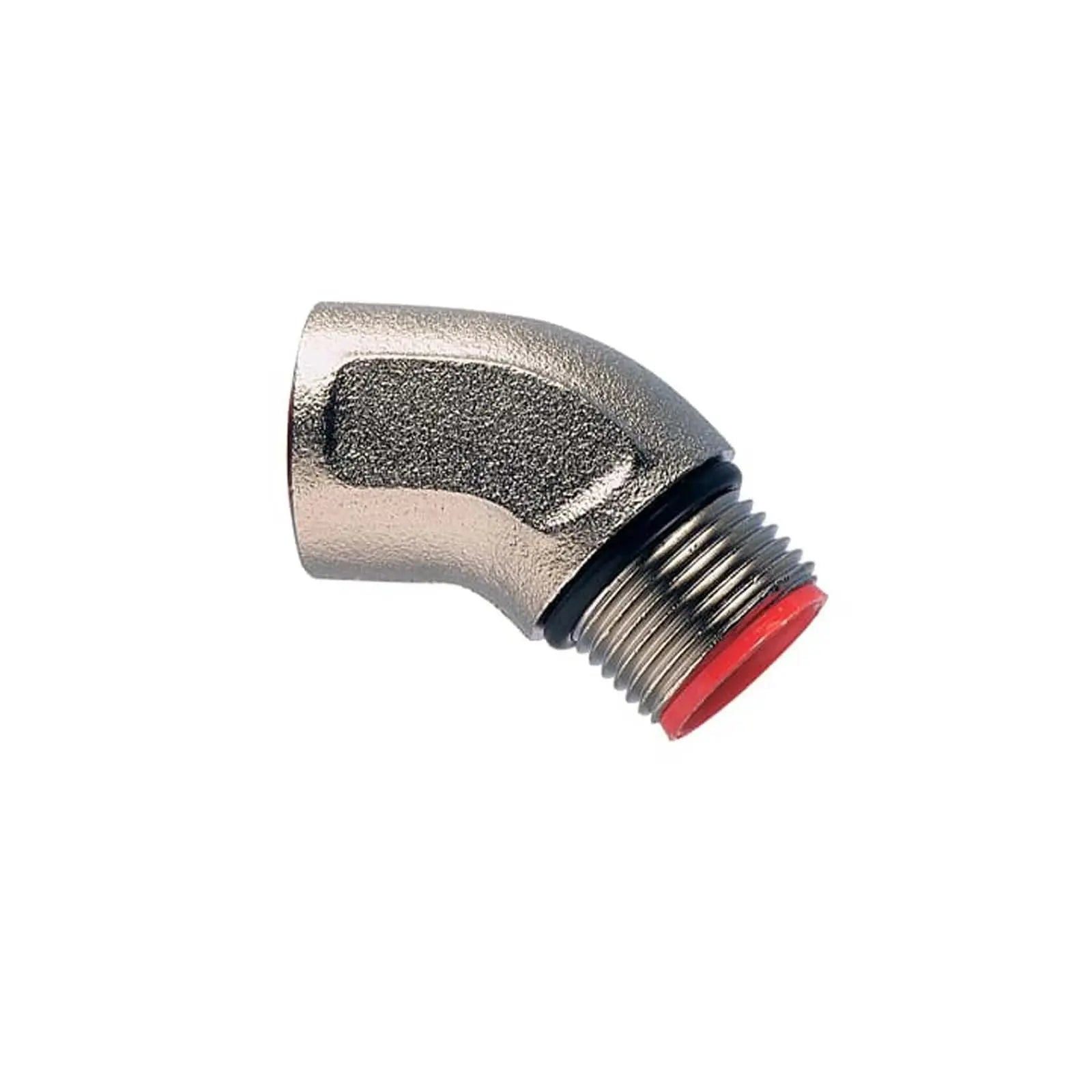
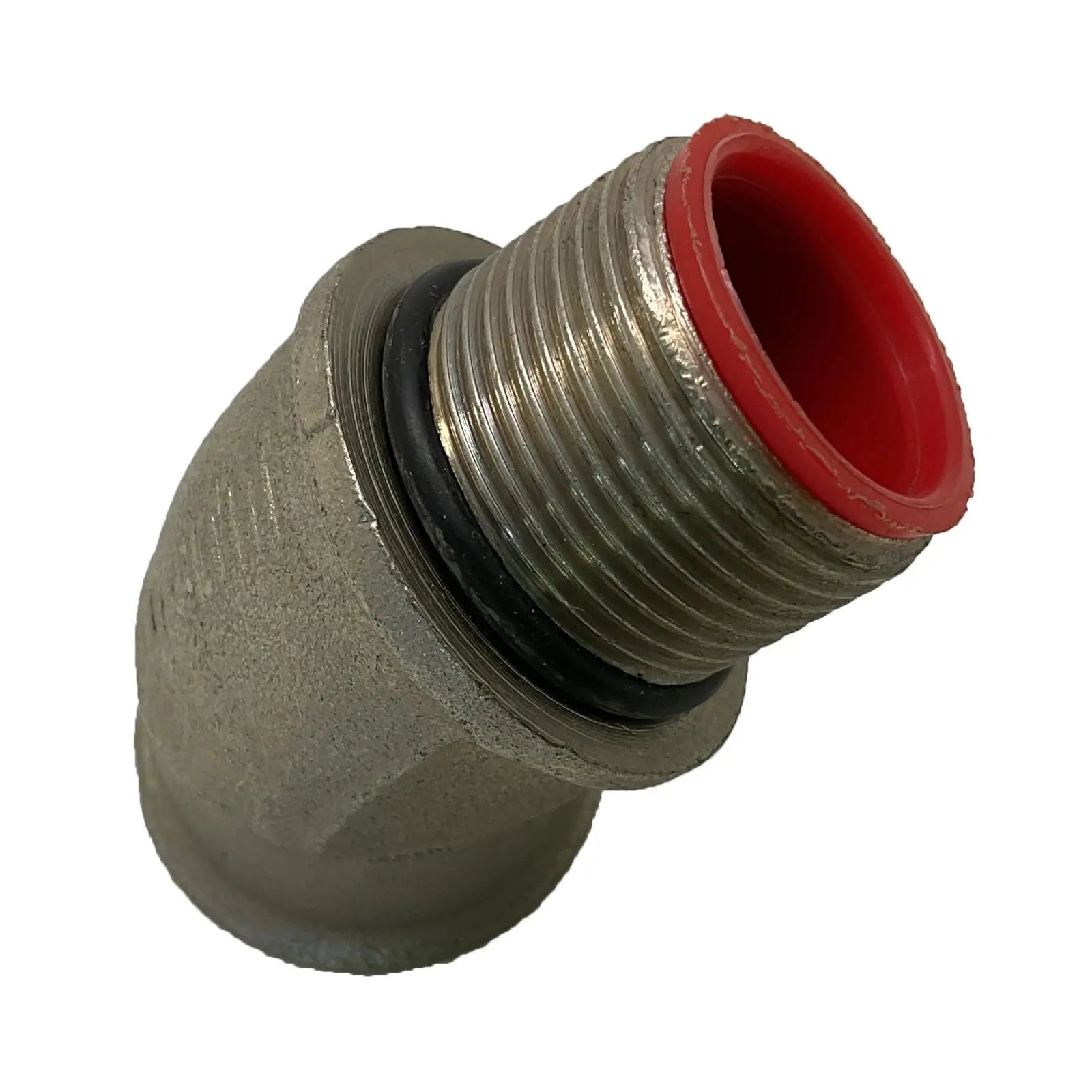
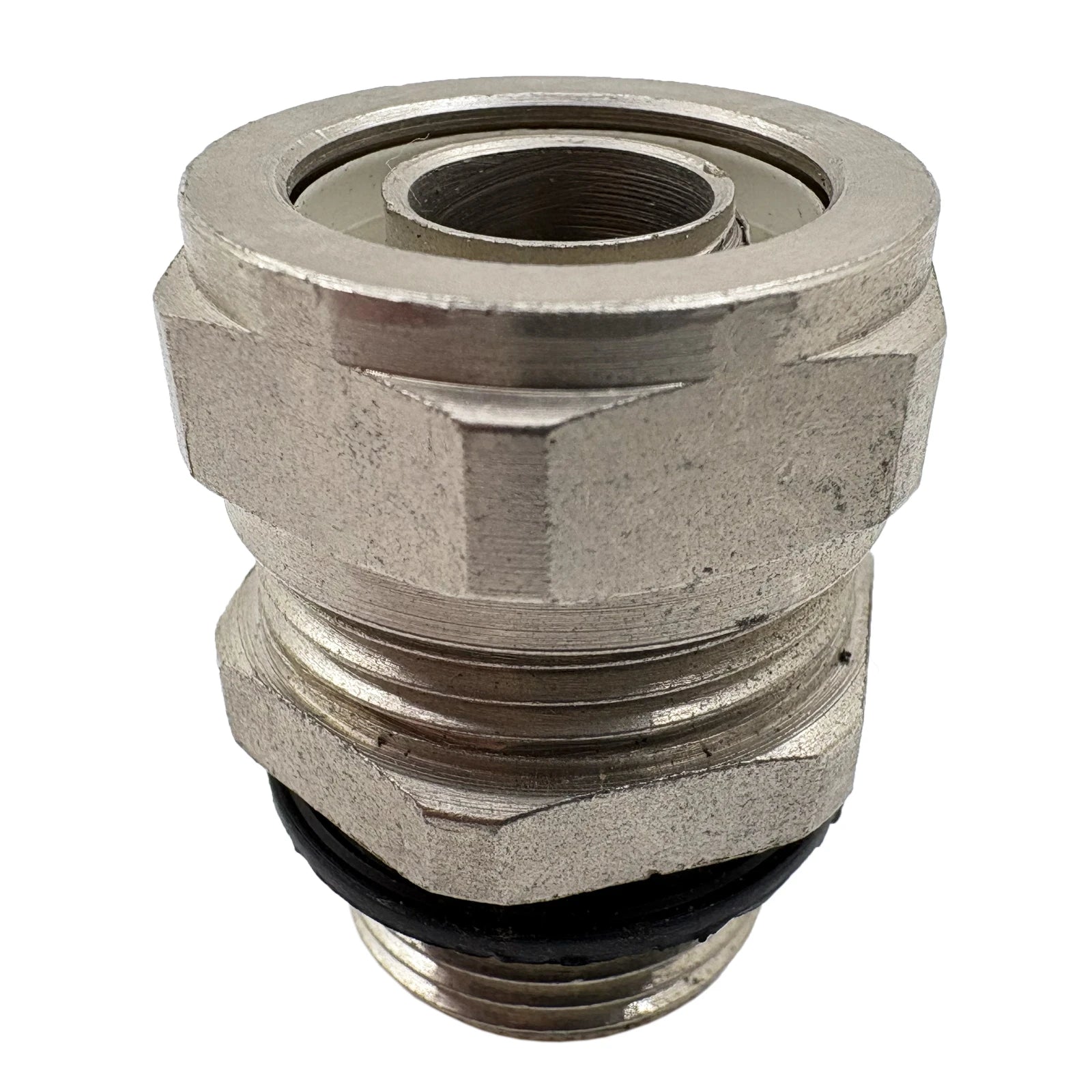

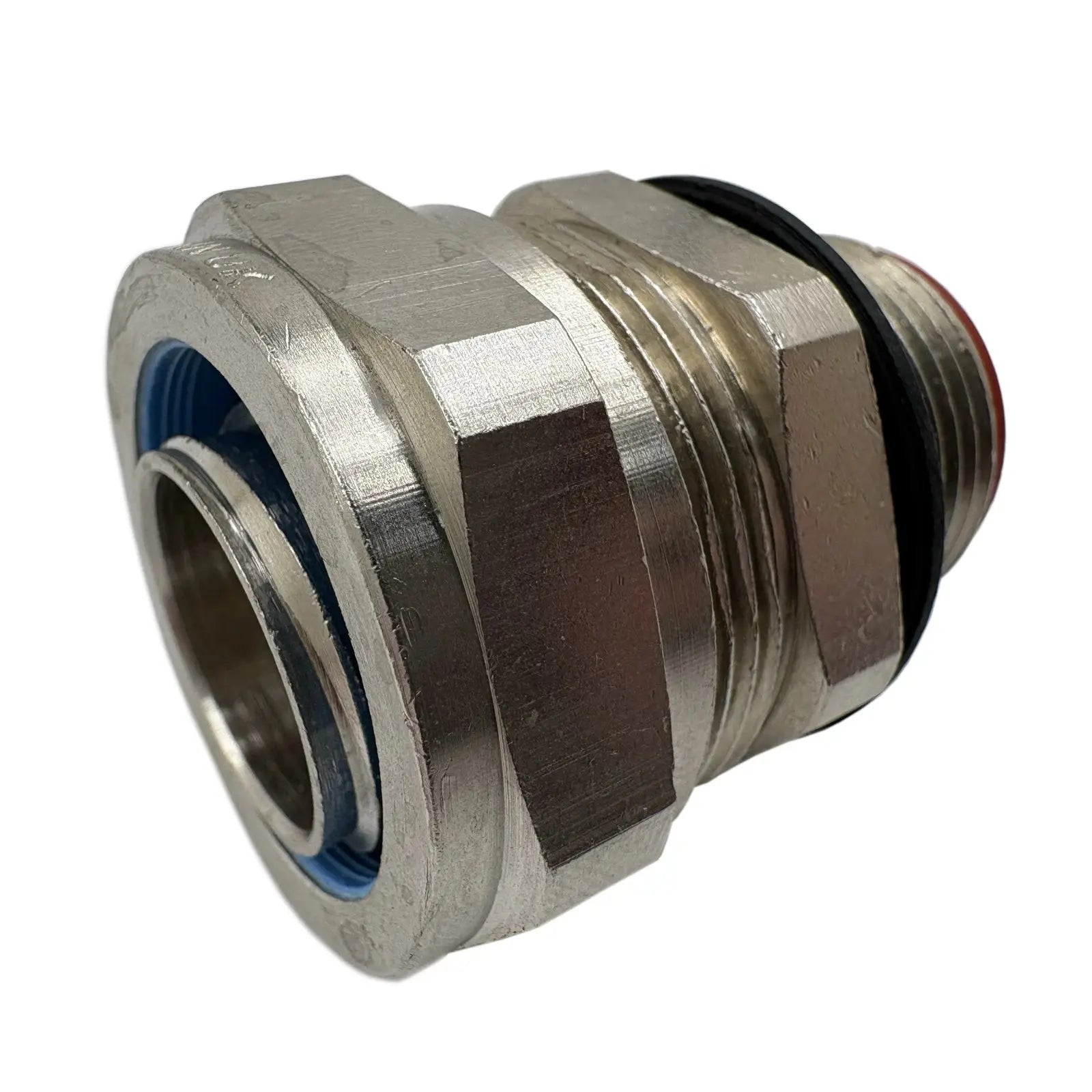
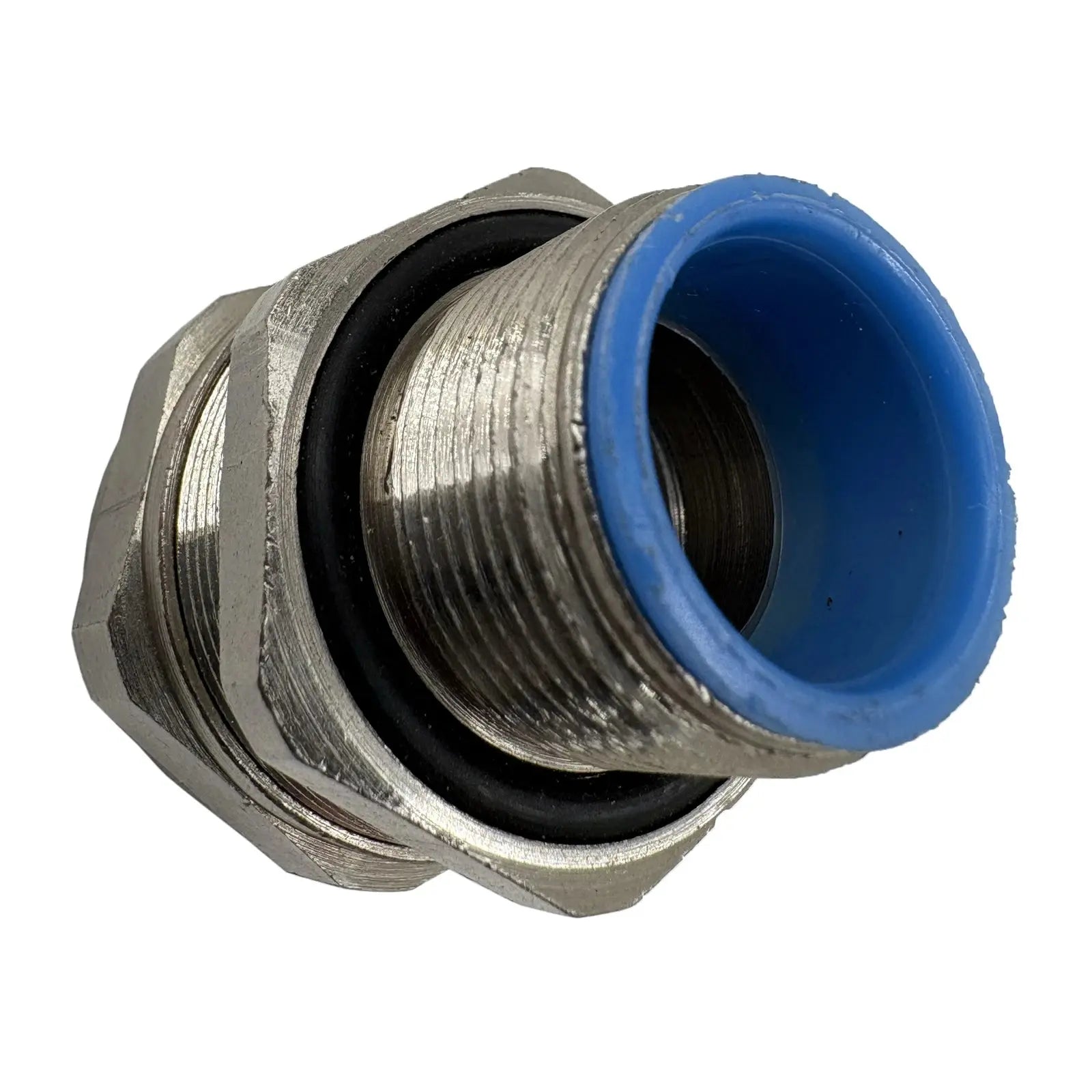
Conductos corrugados: soluciones flexibles para la gestión de cables
El conducto corrugado es una solución versátil para la gestión de cables en diversos entornos industriales y comerciales. Ofrece protección, organización y flexibilidad, lo que lo convierte en un componente esencial de cualquier sistema de gestión de cables.
Conceptos básicos del conducto corrugado. El conducto corrugado, también conocido como conducto flexible, es un conducto tubular de material flexible que se utiliza para proteger y guiar cables eléctricos. Su función principal es proporcionar un conducto seguro y cerrado para los cables, protegiéndolos de factores externos que puedan dañarlos o interferir con su funcionamiento.
Existen diferentes tipos de conductos corrugados, cada uno diseñado para cumplir con los requisitos específicos de la industria. Definición y función del conducto corrugado El conducto corrugado es un tubo hueco con crestas en la superficie exterior, lo que le da una textura corrugada. Estas crestas no solo mejoran la flexibilidad del conducto, sino que también proporcionan resistencia y rigidez adicionales. El conducto suele estar hecho de materiales como PVC, PE o metal, según la aplicación y las condiciones ambientales. Su función principal es proteger los cables de daños físicos, exposición a la humedad, productos químicos, temperaturas extremas y otros factores externos que pueden comprometer su integridad. Además, ayuda a organizar y enrutar los cables de forma ordenada, reduciendo el riesgo de enredos y garantizando un fácil acceso para mantenimiento y resolución de problemas.
Materiales y tipos de conductos corrugados
La elección del material del conducto corrugado depende de la naturaleza de la instalación y del nivel de protección requerido.
Los conductos de PVC (cloruro de polivinilo) se utilizan comúnmente en aplicaciones residenciales y comerciales debido a su rentabilidad, ligereza y facilidad de instalación. Por otro lado, los conductos de PE (polietileno) ofrecen una mayor resistencia a los productos químicos y a la radiación UV, lo que los hace adecuados para exteriores y entornos peligrosos. Los conductos corrugados metálicos, como los de acero galvanizado o aluminio, ofrecen una resistencia mecánica superior y protección contra interferencias electromagnéticas (EMI) e interferencias de radiofrecuencia (RFI). Los conductos metálicos se utilizan principalmente en entornos industriales donde se requiere una protección robusta. A la hora de elegir el tipo adecuado de conducto corrugado, es fundamental considerar los requisitos específicos de la instalación. Por ejemplo, en zonas con alto riesgo de exposición a sustancias corrosivas, como plantas químicas o plantas de tratamiento de aguas residuales, los conductos de PVC o PE con propiedades de resistencia química serían la opción ideal. Además, algunas aplicaciones pueden requerir características adicionales, como resistencia al fuego o baja emisión de humos. En estos casos, se deben utilizar tipos especializados de conductos corrugados, como los de PVC con clasificación de resistencia al fuego o los libres de halógenos, para garantizar la seguridad y el cumplimiento normativo de la instalación. Cabe destacar que el proceso de instalación de los conductos corrugados varía según el material y la aplicación. Los conductos de PVC y PE se suelen instalar utilizando accesorios y conectores diseñados específicamente para sus respectivos materiales. Los conductos metálicos, por otro lado, suelen requerir herramientas y técnicas especializadas para cortar, doblar y unir las secciones. Una instalación correcta es crucial para garantizar la eficacia y la durabilidad del sistema de conductos corrugados. Se recomienda seguir las instrucciones del fabricante y consultar con un profesional cualificado para garantizar el cumplimiento de las normas y regulaciones del sector. El papel del conducto corrugado en la gestión de cables. La gestión adecuada de los cables es fundamental en cualquier sistema eléctrico. Los conductos corrugados desempeñan un papel crucial para garantizar una gestión de cables eficiente y fiable, ofreciendo numerosos beneficios y ventajas. Importancia de una gestión adecuada de los cables. Una gestión eficaz de los cables es esencial para mantener la integridad y la funcionalidad del sistema eléctrico. Ayuda a prevenir daños en los cables, reducir la pérdida de señal y minimizar el riesgo de fallas eléctricas, que pueden ocasionar costosos tiempos de inactividad, riesgos de seguridad e interrupciones operativas. Una gestión adecuada de los cables también facilita el mantenimiento, la resolución de problemas y la futura expansión o modificación del sistema eléctrico. Cómo el conducto corrugado mejora la protección de los cables. El conducto corrugado proporciona una protección robusta para los cables contra daños físicos causados por impacto, abrasión o aplastamiento. Al envolver los cables dentro de un conducto flexible y duradero, los protege de factores externos como la humedad, los productos químicos, el polvo y el calor o el frío excesivos. La robusta construcción del conducto garantiza que los cables permanezcan seguros e intactos incluso en entornos exigentes. Pero profundicemos en los beneficios del uso del conducto corrugado. Una de las principales ventajas es su versatilidad. El conducto corrugado está disponible en varios tamaños y materiales, lo que le permite adaptarse a diferentes tipos de cables y requisitos de instalación. Ya sea que se trate de cables de alimentación, cables de datos o cables de telecomunicaciones, existe una solución de conducto corrugado que se adapta a sus necesidades. Además, el conducto corrugado ofrece flexibilidad para el tendido de cables. Su diseño corrugado permite doblarlo y maniobrarlo fácilmente alrededor de obstáculos, lo que lo hace ideal para configuraciones complejas de gestión de cables. Esta flexibilidad no solo ahorra tiempo durante la instalación, sino que también garantiza que los cables estén perfectamente organizados y protegidos en toda su longitud. Además, el conducto corrugado ofrece resistencia a la radiación UV, lo que le permite soportar una exposición prolongada a la luz solar sin degradarse. Esto lo hace adecuado para instalaciones exteriores donde los cables son vulnerables a las condiciones climáticas. Asimismo, ciertos tipos de conducto tienen propiedades ignífugas, lo que añade una capa adicional de seguridad al sistema de gestión de cables. Beneficios del uso de conducto corrugado para la gestión de cables El uso de conducto corrugado para la gestión de cables ofrece varias ventajas significativas que contribuyen a la eficiencia y fiabilidad general del sistema eléctrico. Flexibilidad y durabilidad. Una de las principales ventajas del conducto corrugado es su flexibilidad. Se puede doblar, torcer o ajustar fácilmente para adaptarse a la ruta de tendido deseada, lo que permite una instalación de cables fluida y eficiente. Esta flexibilidad es especialmente útil en situaciones donde los cables deben enrutarse alrededor de obstáculos o a través de espacios reducidos. Además, la durabilidad del conducto corrugado garantiza que los cables en su interior estén bien protegidos de las fuerzas externas. La robusta construcción del conducto puede soportar entornos hostiles, como temperaturas extremas o exposición a productos químicos, sin comprometer la integridad de los cables. Esta durabilidad garantiza la longevidad y el rendimiento confiable del sistema eléctrico, reduciendo la necesidad de reparaciones o reemplazos frecuentes. Fácil instalación: La instalación de conducto corrugado es un proceso sencillo y relativamente fácil. El conducto es ligero, lo que facilita su manejo y transporte. Se puede cortar a la longitud deseada con herramientas sencillas, lo que permite una personalización precisa para adaptarse a los requisitos específicos de la instalación. Además, la textura corrugada del conducto proporciona mayor fricción, lo que ayuda a evitar que los cables se deslicen dentro del conducto. Esto garantiza que los cables se mantengan correctamente organizados y en sus canales designados, minimizando el riesgo de enredos o daños. El conducto corrugado ofrece una solución rentable para la gestión de cables, especialmente en comparación con otros sistemas más complejos y especializados. Su asequibilidad lo convierte en una opción popular tanto en instalaciones de pequeña como de gran escala, proporcionando una solución de gestión de cables eficiente y confiable sin arruinarse. Además, la facilidad de instalación reduce los costos de mano de obra, lo que contribuye aún más a su rentabilidad. Con menos tiempo y esfuerzo requeridos para la instalación, los gastos generales del proyecto pueden reducirse significativamente, lo que convierte al conducto corrugado en una opción económica para la gestión de cables. En conclusión, los beneficios de usar conducto corrugado para la gestión de cables son numerosos. Su flexibilidad, durabilidad, facilidad de instalación y rentabilidad lo convierten en una opción práctica para diversas aplicaciones de sistemas eléctricos. Al elegir conducto corrugado, puede garantizar un enrutamiento eficiente de los cables, un rendimiento confiable y ahorros de costos a largo plazo. Seleccionar el conducto corrugado adecuado para sus necesidades Elegir el conducto corrugado apropiado es crucial para garantizar una gestión y protección óptimas de los cables. Se deben considerar varios factores que influyen en el proceso de selección. Factores a considerar al elegir un conducto corrugado. Al seleccionar un conducto corrugado, debe evaluar factores como las condiciones ambientales, el tipo de cable, la clasificación IP (protección de entrada) requerida y las regulaciones o estándares específicos de la industria. Estos factores le ayudarán a determinar el material, el tamaño y otras especificaciones del conducto que mejor se adapten a sus necesidades. Por ejemplo, si trabaja en un entorno hostil con temperaturas extremas o exposición a productos químicos, podría necesitar un conducto fabricado con un material duradero como PVC o acero inoxidable. Por otro lado, si trabaja con cables de datos sensibles que requieren altos niveles de protección contra interferencias electromagnéticas (EMI), podría optar por un conducto con propiedades de blindaje adicionales. Consejos para una medición e instalación adecuadas. Para garantizar una instalación exitosa, es fundamental realizar mediciones precisas. Mida la longitud del tendido del cable y cualquier curvatura o giro que deba sortear el conducto. Añada márgenes de expansión, si es necesario. También es importante seleccionar los conectores o accesorios adecuados para unir las secciones del conducto, garantizando una conexión segura y confiable. En la instalación, la atención al detalle es fundamental. Comience el proceso montando los soportes o colgadores del conducto a intervalos adecuados a lo largo del recorrido. Esto proporcionará el soporte necesario y evitará una tensión excesiva en el conducto. Además, considere usar abrazaderas o correas para fijar el conducto a las paredes u otras estructuras, garantizando así su estabilidad y minimizando el riesgo de daños. Introduzca los cables con cuidado en el conducto, teniendo cuidado de no exceder su capacidad. Llenarlo demasiado puede aumentar la fricción y dañar los cables. Si trabaja con una gran cantidad de cables, podría ser necesario usar varios conductos o considerar un tamaño mayor para acomodar el conjunto de cables. Una vez instalados los cables, asegúrese de fijar el conducto correctamente con las fijaciones o abrazaderas adecuadas. Esto evitará cualquier movimiento o desplazamiento que pueda dañar los cables o comprometer la integridad general de la instalación. Finalmente, es fundamental inspeccionar minuciosamente toda la instalación para detectar posibles huecos, dobleces u otros problemas que puedan afectar el sistema de gestión de cables. Aborde cualquier problema con prontitud para garantizar la longevidad y la eficacia del conducto. Consejos de mantenimiento y seguridad para sistemas de conductos corrugados El mantenimiento de los sistemas de conductos corrugados es esencial para garantizar su funcionalidad y seguridad continuas. Las inspecciones de rutina y el cumplimiento de las pautas de seguridad son cruciales para prevenir posibles problemas y mitigar los riesgos. Inspección y mantenimiento de rutina Inspeccione regularmente el estado del sistema de conductos corrugados para identificar cualquier signo de daño, incluyendo grietas, abolladuras o deformación. Preste atención a cualquier accesorio o conexión suelta que pueda requerir ajuste o reparación. Retire cualquier residuo u obstrucción que pueda acumularse dentro del conducto, ya que puede obstaculizar el movimiento del cable o causar acumulación de calor. Limpie periódicamente el exterior del conducto para eliminar la suciedad, el polvo o las sustancias corrosivas que puedan degradar su superficie. Inspeccione el aislamiento del cable para detectar signos de desgaste o deterioro y reemplace cualquier cable dañado de inmediato. Precauciones y pautas de seguridad Al trabajar con sistemas de conductos corrugados, observe las precauciones de seguridad adecuadas para protegerse a sí mismo y a los demás. Evite trabajar en sistemas eléctricos con corriente y asegúrese de desconectar la alimentación antes de realizar cualquier mantenimiento o modificación. Utilice equipo de protección individual (EPI), como guantes, gafas protectoras y ropa adecuada, para minimizar el riesgo de lesiones. Siga las directrices y normativas de seguridad específicas del sector al instalar o trabajar con sistemas de conductos corrugados, garantizando el cumplimiento de los códigos y normas eléctricas. Los conductos corrugados ofrecen soluciones flexibles y fiables para la gestión de cables, ofreciendo protección, organización y durabilidad. Al comprender sus fundamentos, sus ventajas y su mantenimiento adecuado, podrá tomar decisiones informadas al seleccionar y utilizar este componente esencial en su sistema eléctrico. Recuerde considerar los requisitos específicos de su aplicación y, si es necesario, buscar asesoramiento profesional para garantizar el rendimiento y la seguridad óptimos de su sistema de gestión de cables.
¿Necesita pedidos al por mayor o recomendaciones de expertos sobre CF-B-CC?
¿Busca pedidos al por mayor de CF-B-CC o necesita ayuda para elegir la solución industrial adecuada? Nuestro equipo está aquí para ayudarle con presupuestos personalizados, recomendaciones de productos y asesoramiento técnico. Ya sea electricista, contratista o empresario, ofrecemos soluciones a medida para satisfacer sus necesidades.
📩 ¡ Contáctanos o chatea con nosotros en vivo para obtener asistencia instantánea!
¡Explora nuestra colección de ofertas de locura mensual!
¡No te pierdas los **grandes ahorros** en nuestra tienda! Descubre las mejores ofertas en:
¡Explora estas categorías ahora y aprovecha las mejores ofertas antes de que se acaben!
- Todos los productos de nuestra gama : productos de primera calidad seleccionados especialmente para usted.
- Los más vendidos : los favoritos de los clientes y los artículos más demandados.
- Ofertas y rebajas especiales de Watts : descuentos por tiempo limitado en productos imprescindibles.
- Watts New – Recién llegados y las últimas innovaciones.
-
Todas las colecciones : explora todo lo que tenemos para ofrecer.
¡Explora estas categorías ahora y aprovecha las mejores ofertas antes de que se acaben!
¡No olvides consultar nuestras grandes rebajas hasta agotar existencias!
Visto recientemente
Boletín informativo actual de Watts
Manténgase conectado con los últimos productos eléctricos industriales, ofertas exclusivas y actualizaciones de expertos.
Regístrate ahora y no te lo pierdas
